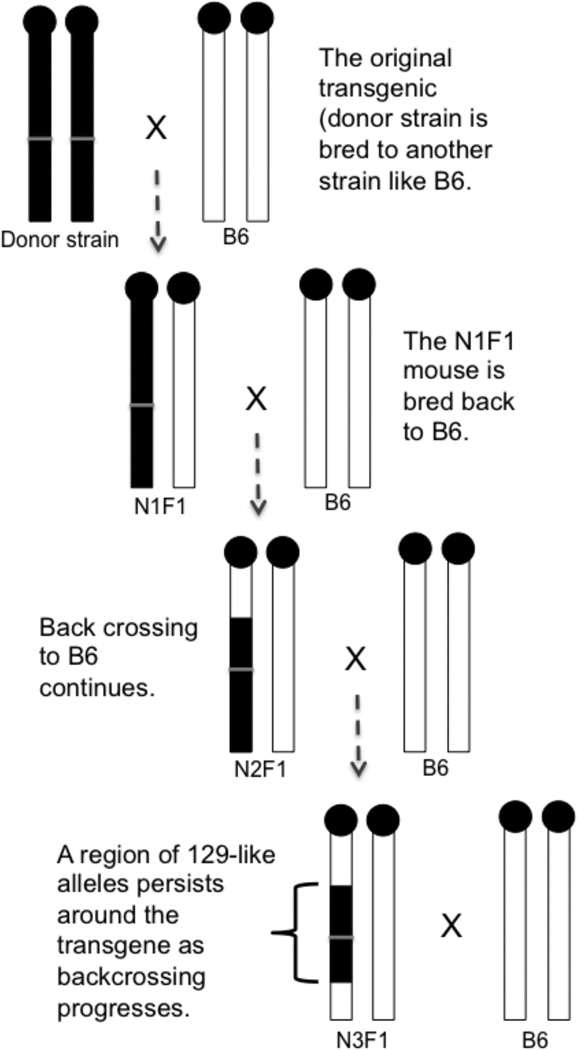Figure 1. Location of passenger genes when making a congenic mouse.
In this cartoon, the alleles of the donor strain, 129 in this case, are shown in black and the alleles for the new background strain, C57BL/6 (B6) are shown in white. The grey bar denotes the location of the mutation of interest. Homozygous donor mice are bred to B6 mice to make the N1F1 generation animals. These mice are heterozygous for all alleles on the chromosome. The N1F1 mice are backcrossed to the B6 mice and the resulting N2F1 mice are partly B6 like on the chromosome carrying the mutation of interest, but the block around the mutation of interest remains 129-like. With each generation of backcrossing, the 129-like region gets smaller around the mutation of interest, but is never completely eliminated. It is here in this block around the mutation of interest that passenger genes are found.

